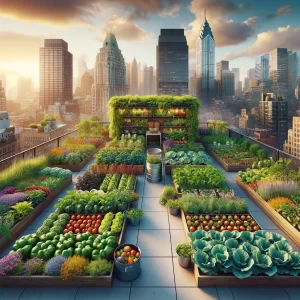
In the heart of our concrete jungles, a green revolution is unfolding. Urban gardening, once a mere hobby for city dwellers, has transformed into a burgeoning movement with the potential to reshape our communities and economies. Dubbed the “Green Gold Rush,” this trend is not only beautifying our urban landscapes but also revealing a plethora of lucrative opportunities. Let’s delve into the secrets of urban gardening and discover how it’s paving the way for a greener, more sustainable future.
The Rise of Urban Gardening
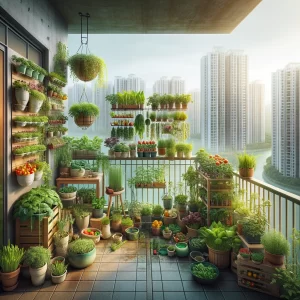
Gardening in urban areas has seen a meteoric rise in popularity, driven by an increasing awareness of environmental issues and the desire for sustainable living. In cities around the world, rooftops, balconies, and abandoned lots are being converted into vibrant green spaces. These gardens are more than just aesthetic enhancements; they’re vital ecosystems that contribute to biodiversity, reduce urban heat islands, and improve air quality, making our cities more livable.
Economic Empowerment Through Urban Farming
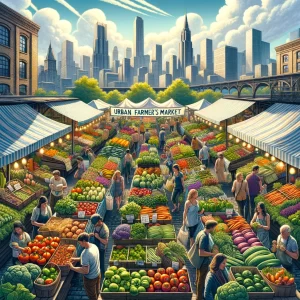
Urban gardens are turning into profitable ventures, contributing to economic empowerment. Entrepreneurs are harnessing the potential of small-scale urban farms to supply fresh, locally grown produce to markets, restaurants, and communities. This not only generates income but also creates jobs, stimulates local economies, and reduces food transportation costs and emissions.
Health and Wellness: The Urban Oasis
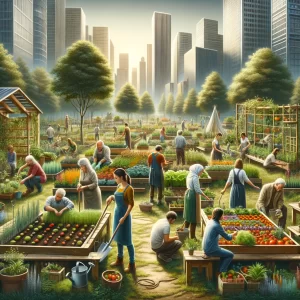
Urban gardening offers a sanctuary for mental and physical well-being in bustling city life. Gardens provide a serene escape, reducing stress and promoting relaxation. Moreover, they encourage physical activity and offer access to fresh, nutritious produce, combating the urban food desert phenomenon and fostering a healthier population.
Maximizing Small Spaces for Big Yields
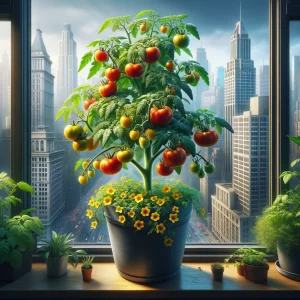
In the heart of urban jungles, space is a luxury, but creative urban gardeners see this not as a limitation but as a canvas for innovation. The rise of vertical gardening, rooftop gardens, and container gardening has revolutionized the concept of urban green spaces. Techniques such as succession planting, where crops are planted at intervals to ensure a continuous harvest, and companion planting, which maximizes space and promotes plant health, are key strategies in urban gardening. These methods not only increase the efficiency of small spaces but also turn them into lush, productive areas.
Community and Social Connectivity
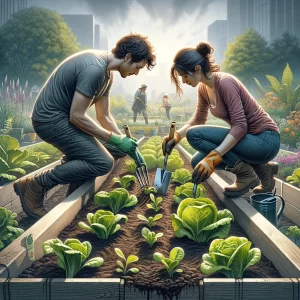
Urban gardens are becoming community hubs, fostering social connectivity in increasingly isolated urban environments. These green spaces provide a platform for community engagement, education, and cultural exchange, strengthening the social fabric. They are a testament to the power of collective action and community spirit in creating positive change.
Sustainability and Environmental Stewardship
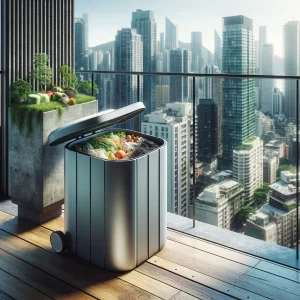
Urban gardening is at the forefront of the sustainability movement, promoting environmental stewardship. By utilizing sustainable practices such as composting, rainwater harvesting, and organic gardening, urban gardeners are reducing waste, conserving water, and minimizing their ecological footprint, setting a precedent for sustainable urban living.
Technological Innovations in Urban Gardening
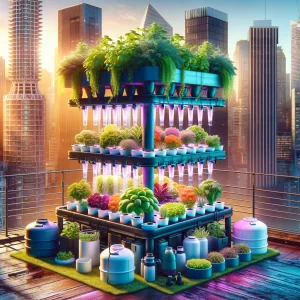
The integration of technology is revolutionizing our approach to gardening in urban areas, making it more efficient and accessible. Innovations such as hydroponics, vertical farming, and smart gardening systems are maximizing space and productivity, enabling the cultivation of a wide variety of plants in limited urban spaces and creating opportunities for high-tech urban agriculture ventures.
Urban Gardening Education and Outreach
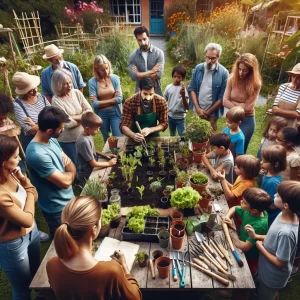
Education and outreach are key components of the city gardening movement. Workshops, seminars, and community programs are spreading knowledge about sustainable gardening practices, and empowering individuals to start their own gardens. Schools are incorporating gardening into their curricula, instilling the values of environmental stewardship and healthy living in the next generation.
Policy and Urban Planning for Green Spaces
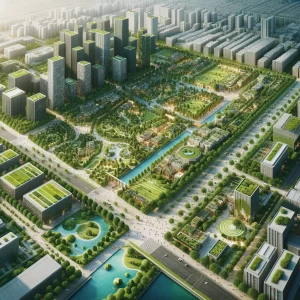
The expansion of urban gardening is influencing policy and urban planning. Municipalities are recognizing the benefits of green spaces and are incorporating urban agriculture into their development plans. Policies that support community gardens, green roofs, and urban farms are becoming more prevalent, paving the way for a greener urban infrastructure.
The Future of Food Security
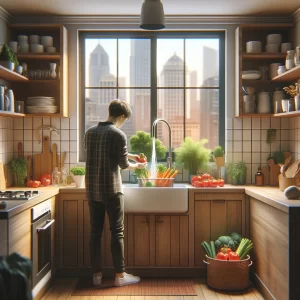
Urban farming is playing a crucial role in addressing global food security challenges. By localizing food production, urban gardens are making fresh produce more accessible and affordable, reducing reliance on imported foods, and enhancing food sovereignty. This decentralized approach to food production has the potential to significantly impact global food systems.
Urban Gardening Has a Lot to Offer!

The Green Gold Rush is more than a trend; it’s a transformative movement reshaping our urban landscapes, economies, and communities. Urban farming offers a pathway to sustainable living, economic empowerment, and environmental stewardship, proving that even in the concrete jungle, green gold can flourish. As we continue to uncover the lucrative secrets of urban gardening, it’s clear that the future of our cities is greener, brighter, and more sustainable.
Read More
Catherine is a tech-savvy writer who has focused on the personal finance space for more than eight years. She has a Bachelor’s in Information Technology and enjoys showcasing how tech can simplify everyday personal finance tasks like budgeting, spending tracking, and planning for the future. Additionally, she’s explored the ins and outs of the world of side hustles and loves to share what she’s learned along the way. When she’s not working, you can find her relaxing at home in the Pacific Northwest with her two cats or enjoying a cup of coffee at her neighborhood cafe.
Leave a Reply